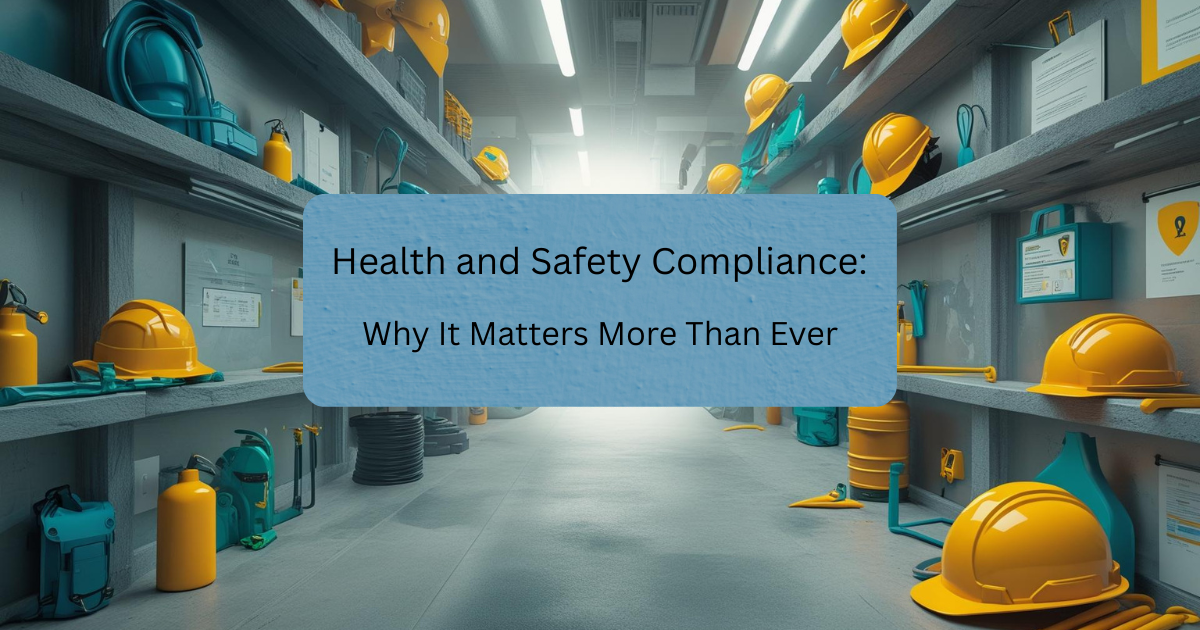Sep 20th, 2025

In the hustle and bustle of today’s business landscape, health and safety compliance isn’t just a box to check—it’s a vital commitment that reflects how organizations value their employees, customers, and stakeholders. Across various industries, ensuring compliance not only saves lives but also minimizes workplace accidents and enhances a company’s reputation. For businesses aiming for sustainable growth, making safety a priority is no longer a choice; it’s a necessity.
This article delves into what health and safety compliance really means, its advantages, best practices, and how modern tools like digital training and animations can empower businesses to meet and even surpass compliance standards.
Health and safety compliance is all about adhering to government regulations, industry standards, and internal policies that are designed to keep everyone safe at work. It covers a wide range of areas, from fire safety and equipment inspections to employee training and risk management.
Different regions and industries have their own specific regulations. For instance, the construction and oil & gas sectors face stricter safety requirements compared to office-based environments. However, no matter the industry, the main goal is the same: to foster a safe and healthy workplace where risks are kept to a minimum.
Regulatory agencies worldwide enforce stringent laws regarding workplace safety. Failing to comply can lead to hefty fines, penalties, and in extreme cases, even the closure of operations.
A company that takes compliance seriously shows real concern for its employees. This approach fosters trust, loyalty, and enhances overall morale.
Workplace accidents come with direct costs like medical bills, compensation claims, and lost productivity. Investing in preventive safety measures is far more cost-effective than dealing with the aftermath of accidents.
In our fast-paced digital world, news about safety issues can spread like wildfire. That’s why compliance is crucial for keeping a positive brand image, which is essential for building customer trust and ensuring long-term success.
To achieve and maintain compliance, businesses should focus on these key pillars:
It’s important to identify potential hazards in the workplace and assess their impact. Whether it’s dealing with chemicals or operating machinery, every risk needs to be documented and addressed with preventive measures.
Regular training is vital for employees to recognize risks and respond appropriately in emergencies. Effective training ensures that everyone—from newcomers to seasoned staff—knows their role in keeping the workplace safe.
Having written safety policies provides a solid framework for compliance. These policies should outline procedures for reporting accidents, using protective gear, and managing emergencies.
Regular inspections, audits, and safety drills are essential to ensure that compliance isn’t just a one-off task but a continuous practice.
Digital tools, software, and e-learning platforms are becoming increasingly important. They make training more engaging and ensure that safety messages effectively reach all employees.
Many organizations team up with health and safety consultants to enhance their compliance efforts. These experts bring a wealth of knowledge about regulations, industry standards, and best practices. They conduct safety audits, provide training, and help develop customized safety strategies that align with business objectives. By tapping into their expertise, companies can sidestep costly mistakes and maintain compliance with minimal disruption.
One of the most exciting ways businesses are revamping their training programs is through safety video animations and interactive tools. Instead of relying on lengthy manuals, these engaging resources capture attention and make learning about safety more effective.
Here’s the text we’re looking at: For example, safety animations can recreate workplace hazards in a completely safe setting, giving employees the chance to learn how to react without any real danger. Whether it’s about fire evacuations, handling equipment, or chemical safety, animated content makes the learning process both effective and memorable.
More and more organizations are putting their money into health and safety animations because they help break down complex safety concepts, making them easier to understand and apply in real-life situations. This is especially beneficial for companies with diverse workforces, where language barriers could otherwise get in the way of comprehension.
When organizations prioritize compliance, they reap several long-term rewards:
Fewer Workplace Accidents – Clear policies and training help prevent common injuries and hazards.
Boosted Employee Productivity – Workers feel safer and more focused when they know risks are kept to a minimum.
Lower Insurance Premiums – Showing compliance can lead to reduced insurance costs.
Stronger Company Culture – Organizations that prioritize safety foster trust and accountability.
Sustainable Growth – Companies that value safety are more likely to attract loyal clients and employees.
To stay ahead of the game, organizations should consider these best practices:
Stay Informed: Keep an eye on government and industry updates regarding safety regulations.
Invest in Training: Utilize engaging tools like animations to keep employees engaged.
Conduct Regular Audits: Perform internal audits to identify compliance gaps early on.
Encourage Feedback: Foster a culture where employees feel comfortable sharing their thoughts and suggestions.
In the hustle and bustle of today’s business landscape, health and safety compliance isn’t just a box to check—it’s a vital commitment that reflects how organizations value their employees, customers, and stakeholders. Across various industries, ensuring compliance not only saves lives but also minimizes workplace accidents and enhances a company’s reputation. For businesses aiming for […]
Fill out the form below and we will send you a quote today…
Copyright © 2025 Interactivv.com. All rights reserved.